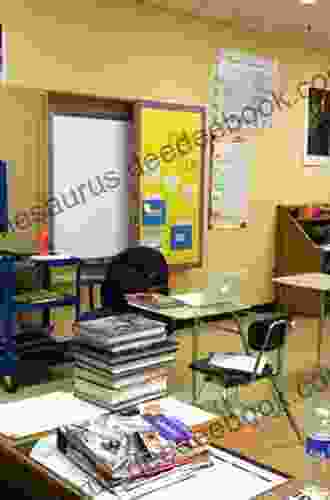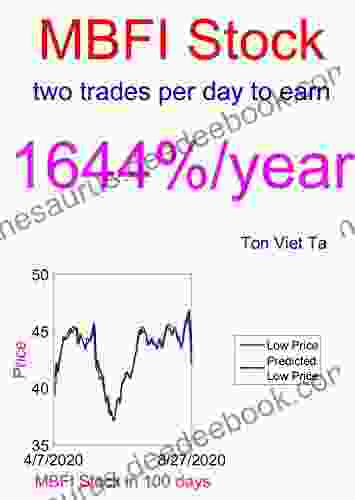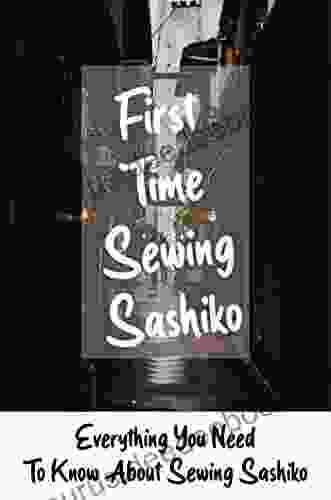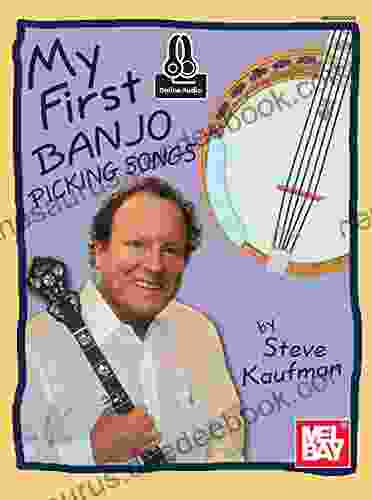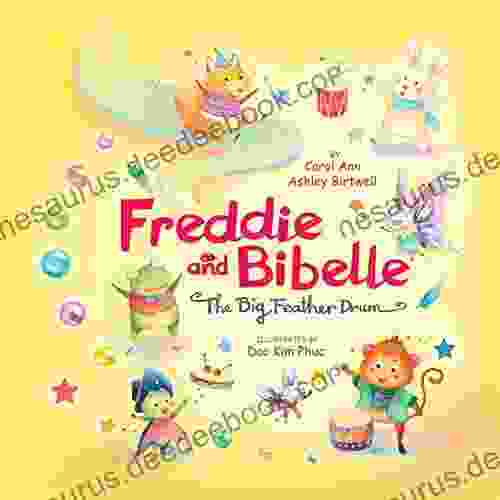A Comprehensive Guide for the 21st Century Classroom: Empowering Educators and Students in the Digital Era

In the rapidly evolving landscape of education, the 21st century classroom has emerged as a dynamic and transformative space. As educators and students navigate the complexities of the digital era, a comprehensive guide is essential to cultivate an environment that fosters innovation, collaboration, and empowerment.
Redefining the Classroom Environment
The 21st century classroom extends beyond the traditional four walls, embracing blended learning models that seamlessly integrate online and offline experiences. Physical spaces are transformed into flexible and collaborative environments, accommodating diverse learning styles and promoting active engagement.
5 out of 5
| Language | : | English |
| File size | : | 3396 KB |
| Text-to-Speech | : | Enabled |
| Enhanced typesetting | : | Enabled |
| Word Wise | : | Enabled |
| Print length | : | 308 pages |
| Lending | : | Enabled |
| Screen Reader | : | Supported |
- Flexible Seating: Movable desks and chairs empower students to choose the seating arrangement that best suits their learning preferences and foster collaboration.
- Technology Integration: Whiteboards, interactive projectors, and mobile devices enhance instruction, allowing students to access information and engage in virtual learning.
- Collaborative Spaces: Designated areas within the classroom facilitate group work, project-based learning, and peer-to-peer interaction.
Empowering Educators with Technology
Educators in the 21st century are equipped with a vast array of technological tools and platforms that enhance their teaching practices and empower students to become active participants in their education.
- Learning Management Systems (LMS): Virtual platforms that provide online access to course materials, assignments, assessments, and communication.
- Interactive Whiteboards: Interactive digital platforms that allow educators to create engaging multimedia presentations, collaborate with students in real-time, and provide instant feedback.
- Educational Software: Specialized applications that cater to specific subject areas, providing interactive simulations, simulations, and personalized learning experiences.
Cultivating Student-Centered Learning
The 21st century classroom places students at the center of the learning process, promoting self-directed learning, critical thinking, and problem-solving abilities.
- Flipped Learning: Students engage with learning materials outside of class, allowing for in-class time to be dedicated to active learning activities.
- Project-Based Learning: Students collaborate on real-world projects that provide authentic learning experiences and develop essential skills.
- Personalized Learning: Technology enables educators to tailor instruction to individual student needs, pacing, and interests.
Fostering Collaboration and Communication
The 21st century classroom fosters a collaborative environment where students and educators engage in meaningful discussions, share ideas, and learn from each other.
- Online Forums: Virtual discussion boards provide spaces for students to interact, share insights, and collaborate on assignments.
- Social Media: Educators and students utilize social media platforms for professional development, sharing resources, and fostering a sense of community.
- Peer Collaboration: Classmates engage in peer-to-peer learning, providing feedback, support, and different perspectives on learning material.
Assessing Student Learning
In the 21st century classroom, assessment practices must align with the dynamic and multifaceted nature of learning. Educators employ innovative approaches that evaluate student progress, provide feedback, and inform instructional decisions.
- Performance Tasks: Assessment tasks that require students to demonstrate their understanding through practical or creative projects.
- Self-Assessment: Students reflect on their own learning and progress, setting goals and identifying areas for improvement.
- Technology-Enabled Assessment: Online tools and software provide real-time feedback, track student progress, and facilitate personalized assessment experiences.
Embracing Inclusivity and Equity
The 21st century classroom is an inclusive and equitable space where all students have access to the resources and support they need to succeed. Educators implement strategies that address diverse learning styles, backgrounds, and needs.
- Universal Design for Learning (UDL): A framework that ensures learning environments are accessible to all students, regardless of individual differences.
- Culturally Responsive Education: Teaching practices that recognize and value the diversity of students' cultural backgrounds.
- Differentiated Instruction: Tailoring instruction to meet the specific needs and strengths of individual students.
Preparing for the Future
The 21st century classroom is not simply a reflection of the present but a bridge towards the future. As technology and society continue to evolve, it is crucial for educators and students to embrace ongoing professional development and adapt to the changing landscape of education.
- Continuous Learning: Educators and students engage in lifelong learning to stay abreast of technological advancements and emerging educational practices.
- Future-Focused Skills: Preparing students for the 21st century workforce by developing skills such as critical thinking, problem-solving, and adaptability.
- Innovation and Experimentation: Encouraging educators and students to experiment with new technologies, instructional methods, and assessment strategies.
The 21st century classroom is a vibrant and dynamic space where educators and students collaborate, innovate, and embrace technology to enhance the learning experience. By redefining the classroom environment, empowering educators, cultivating student-centered learning, fostering collaboration, and embracing inclusivity, we can create a learning space that prepares students for the challenges and opportunities of the 21st century and beyond.
5 out of 5
| Language | : | English |
| File size | : | 3396 KB |
| Text-to-Speech | : | Enabled |
| Enhanced typesetting | : | Enabled |
| Word Wise | : | Enabled |
| Print length | : | 308 pages |
| Lending | : | Enabled |
| Screen Reader | : | Supported |
Do you want to contribute by writing guest posts on this blog?
Please contact us and send us a resume of previous articles that you have written.
 Book
Book Novel
Novel Chapter
Chapter Text
Text Reader
Reader Library
Library Paperback
Paperback E-book
E-book Newspaper
Newspaper Paragraph
Paragraph Sentence
Sentence Bookmark
Bookmark Glossary
Glossary Bibliography
Bibliography Preface
Preface Synopsis
Synopsis Manuscript
Manuscript Scroll
Scroll Codex
Codex Tome
Tome Classics
Classics Library card
Library card Narrative
Narrative Memoir
Memoir Reference
Reference Thesaurus
Thesaurus Narrator
Narrator Character
Character Librarian
Librarian Catalog
Catalog Borrowing
Borrowing Periodicals
Periodicals Journals
Journals Reading Room
Reading Room Special Collections
Special Collections Study Group
Study Group Thesis
Thesis Dissertation
Dissertation Book Club
Book Club Theory
Theory Karin Holmberg
Karin Holmberg Tash Skilton
Tash Skilton Janice Dockendorff Boland
Janice Dockendorff Boland Mads Walther Hansen
Mads Walther Hansen Tom Cheetham
Tom Cheetham Hourly History
Hourly History David Weil
David Weil Glenn N Levine
Glenn N Levine Dick Hebdige
Dick Hebdige Lee Eric Shackleford
Lee Eric Shackleford John Steinbeck
John Steinbeck Juliet Petrus
Juliet Petrus Rachel Wells
Rachel Wells Janel Laidman
Janel Laidman Pascal Costantini
Pascal Costantini Vijay Mahajan
Vijay Mahajan Laura Bradbury
Laura Bradbury Kathleen Bittner Roth
Kathleen Bittner Roth Janet Majerus
Janet Majerus Jill Dalton
Jill Dalton
Light bulbAdvertise smarter! Our strategic ad space ensures maximum exposure. Reserve your spot today!

 James HayesUnveiling the Enchanting World of The Lais of Marie de France: A Journey into...
James HayesUnveiling the Enchanting World of The Lais of Marie de France: A Journey into...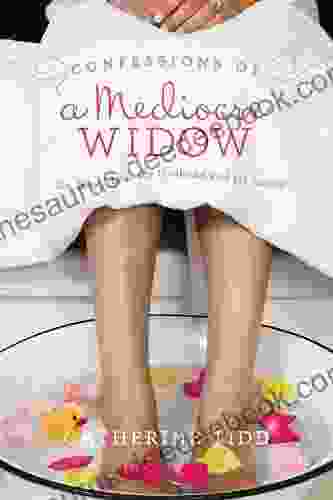
 Robert BrowningHow I Lost My Husband and My Sanity: A Personal Journey Through Grief and...
Robert BrowningHow I Lost My Husband and My Sanity: A Personal Journey Through Grief and... Demetrius CarterFollow ·14.8k
Demetrius CarterFollow ·14.8k Ben HayesFollow ·15.1k
Ben HayesFollow ·15.1k Norman ButlerFollow ·13.8k
Norman ButlerFollow ·13.8k Ted SimmonsFollow ·9.6k
Ted SimmonsFollow ·9.6k Robert FrostFollow ·13.9k
Robert FrostFollow ·13.9k Arthur C. ClarkeFollow ·11.9k
Arthur C. ClarkeFollow ·11.9k Gene PowellFollow ·7.7k
Gene PowellFollow ·7.7k Fabian MitchellFollow ·16.8k
Fabian MitchellFollow ·16.8k
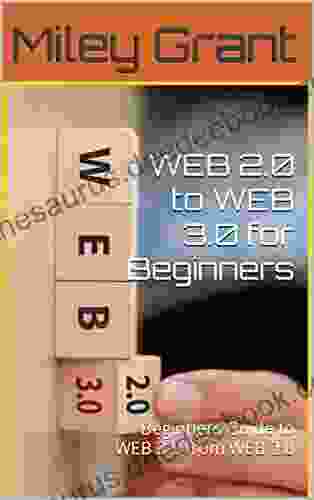
 Gary Reed
Gary ReedWeb to Web for Beginners: A Comprehensive Guide to...
In today's interconnected world, websites...

 Elliott Carter
Elliott CarterThe Moon Is Down: John Steinbeck's Poignant Portrait of...
In the annals of literature, John...
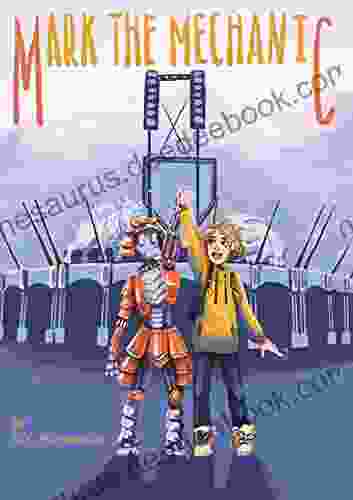
 Dalton Foster
Dalton FosterMark The Mechanic: The Incredible Story Of A Young...
In the vibrant realm of robotics, where...
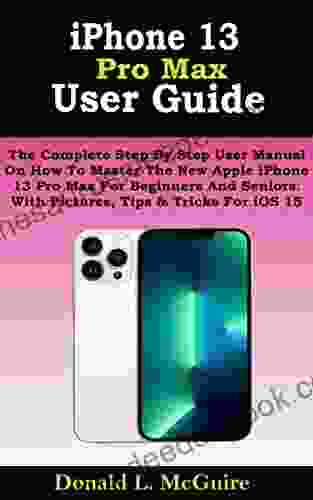
 Fred Foster
Fred FosteriPhone 13 Pro Max User Guide: Everything You Need to Know
The iPhone 13 Pro Max...
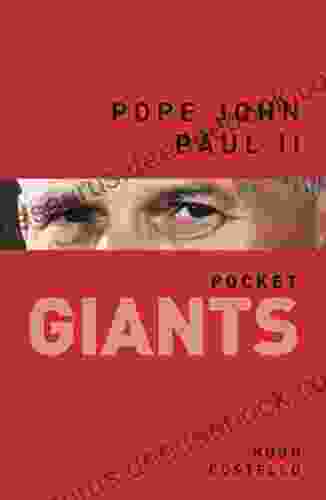
 Rodney Parker
Rodney ParkerPope John Paul II: The Pocket Giant Who Inspired Millions
Pope John Paul II, or...
5 out of 5
| Language | : | English |
| File size | : | 3396 KB |
| Text-to-Speech | : | Enabled |
| Enhanced typesetting | : | Enabled |
| Word Wise | : | Enabled |
| Print length | : | 308 pages |
| Lending | : | Enabled |
| Screen Reader | : | Supported |


